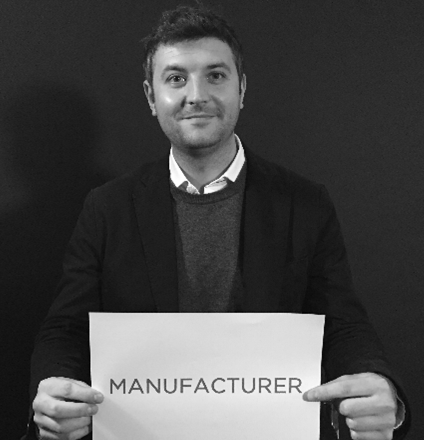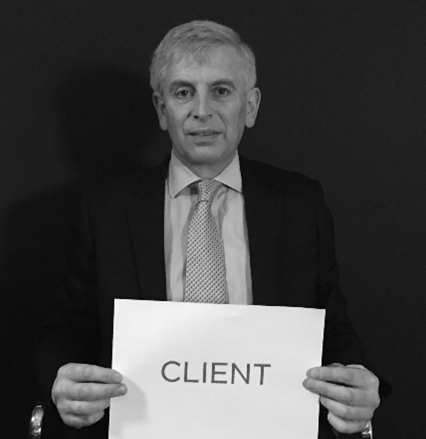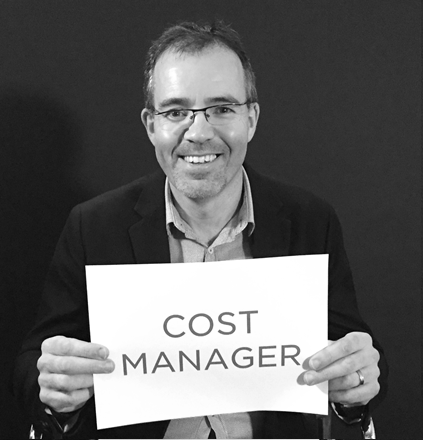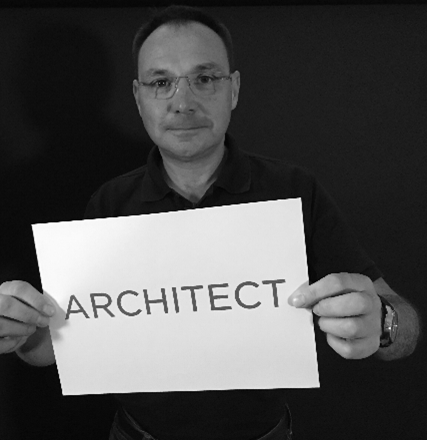What Does BIM Mean To Me?
- Youtube Views 26,092 VIDEO VIEWS
There’s lots of useful guidance around on building information modelling (BIM), but it’s often presented in broad terms. We asked seven experts from different construction industry disciplines what BIM will mean to their profession, why it’s worth adopting and where best to start!

MANUFACTURER – Craig Sewell, Cubicle Centre
What Will It Mean? “Manufacturers need to deliver useful digital information to add value to the BIM process. That’s intelligent 3D objects and the data linked to them”.
Why Should I Do This? “BIM has already improved the speed, quality and quantity of our output”.
"Think of BIM as better information management"
Where Do I Start? “Think of BIM as ‘better information management’. Get your product information into more useable and searchable formats. Look at how it’s currently stored and accessed. How can you make that process easier? How can you get that information into digital format?”
Craig is Brand and Marketing Director at Cubicle Centre.

CLIENT – John Downes, London Underground
What Will It Mean? “Focusing on the form and function and what it’s trying to achieve for the business”
Why Should I Do This? “BIM is absolutely essential to ensure that you’re getting the maximum value out of scarce funds. For a Public Sector client it’s even more important because we used to rely upon just don’t exist”.
"BIM is absolutely essential to ensure that you’re getting the maximum value out of scarce funds"
Where Do I Start? “Get into BIM at an obvious stage in the lifecycle. For us that’s when your acquiring [or procuring] new assets”
John is Head of Engineering Governance and Services at London Underground.

SOLICITOR – Sarah Rock, RPC
What Will It Mean? “BIM doesn’t have a huge impact for us at Level 2. You can incorporate it into JCT and NEC forms of contract with some drafting around the BIM Protocol. The Protocol is the main legal document that flows down from the BIM Execution Plan (BEP) and Employer’s Information Requirements (EIRs), making those contractual documents”
"Twitter has been an invaluable resource"
Why Should I Do This? “If there’s a dispute you’ve got a fantastic audit trail”
Where Do I Start? “Twitter has been an invaluable resource. The BIM community really helps each out and people wouldn’t believe it but the solicitors help each other out as well. I’d also go online and read the PAS 1192 suite of documents”
Sarah is an Associate at RPC.

MAIN CONTRACTOR – Sean Coleman, Osborne
What Will It Mean? “A more streamlined information process and a much more collaborative way of working”
Why Should I Do This? “On design and build projects we control information and this is an opportunity to make the process more streamlined and efficient. We can use basic viewing tools, there isn’t a huge cost to the business for native authoring software”
"Start with a trial project. Get your feet wet"
Where Do I Start? “Start with a trial project and don’t be afraid of its size. Get your feet wet and build your knowledge that way”.
Sean is a Project Engineer at Osborne.

COST MANAGER – Trevor Woods, DPW Group
What Will It Mean? “For us BIM is transformational. Instead of manually measuring quantities, we can automatically extract them from building information models”.
"For us BIM is transformational"
Why Should I Do This? “We simply have to embrace BIM. Manual methods of measuring are just too slow. Rather than costing completed designs, it enables us to help the design team design to cost, adding more value to the process and avoiding reactive value engineering”.
Where Do I Start? “Take an element of a project and put that through a BIM quantity extraction process. Do a 2D exercise in parallel and compare the results. It’s all about building confidence and trust in your capabilities, quantities and in the models themselves”
Trevor is a Cost Manager and Consultant at The DPW Group.

CONSULTANT – Rebecca De Cicco, Digital Node
What Will It Mean? “For us it’s quite varied, depending on your role. It can involve supporting projects in a more digitally integrated way or companies in the way they train and upskill their staff”
"Acknowledge where your capabilities lie"
Why Should I Do This? “As we move into the future [our industry] is lacking skills. Having expertise through consultancy to support training and upskilling is of paramount importance”
Where Do I Start? “Acknowledge where your capabilities lie, assess your staff and gain some experience with a trial project”
Rebecca is a Director at Digital Node.

ARCHITECT – David Miller, David Miller Architects
What Will It Mean? “Working almost entirely in a three-dimensional way; that’s a fantastic opportunity as designs are often influenced by the way designers communicate ideas. But the real win – the real step-change – is the structured information associated with the model. That will move us towards the dream of more perfect information”.
Why Should I Do This? “It creates a much more positive atmosphere around a project. When we were a smaller practice the investment was a fairly serious part of our annual turnover, but that investment allowed us to grow. Now that we’re much larger that cost is nominal”
Where Do I Start? “I’d recommend and incubator approach. Identify a BIM champion and undertake a trial project, then blow that role apart as soon as possible and take the approach through to all your projects so it can become business as usual”
"BIM moves us towards the dream of more perfect information"
David is the Practice Director and Principal at David Miller Architects.
Let us know what BIM means to you in the comments below!
We welcome you sharing our content to inspire others, but please be nice and play by our rules.
Comments
Next up





